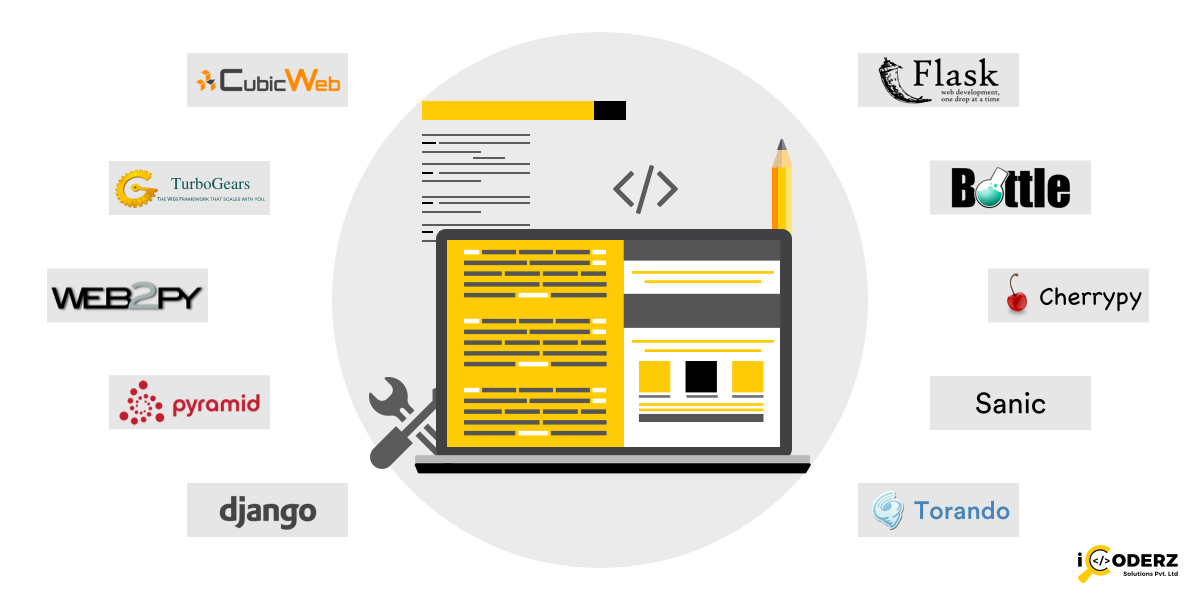Table of Contents
There are various types of web developers with various skills. How many do you know or how many do you have in your team? Every developer has its own skill set and style and on the basis of that, we can group them together by classifying each. Every developer can be categorized as per their skills and expertise.
In the world of technology and internet era, there are different technologies coming up with varied specializations. So, depending on each new tools and techniques there is one developer who is a master of it. Keeping all those kinds of developers in one category, let’s check how many we can classify and how many types of web developers we can dig out.
Progressive Web App Development: Features, Limitations & The Complete Procedure
Have a look at these types of web developers there can be
When it comes to considering only types of web developers then, we can categorize each as per web technologies.
Design lovers
These are the ones who love to mix with colors and themes. They are the designers, who like to code and play with HTML, JQuery, CSS, etc. They are always in the editors with their design codes.
The Coders
Coders are the ones, who are always in work with their codes. These coders will make it happen, they will run the code and make it work. Always up in libraries, frameworks, modules, codes, if and else, etc.
The Multilinguistic
They are also kind of full stack developer. Like the ones who are expert in several programming languages. Also can work like back-end developer, sometimes can also crack design codes. Can at least have good knowledge in three to four programming languages.
The Planners
These are the ones who kind of make plans like a flow chart, SDLC, deadlines, who believes in finishing the project on time. Assigning and allocating work and leading the work plans. They always keep their plans in mind and always work as per the timeline decided.
The Web Developers
They are the ones who work with web and online world. Website development is in their skillset. They are masters in developing websites as per their expertise programming language.
The Blog creators
Think of any WordPress Development, what comes to mind first is the blog. WordPress is a very good platform to develop blogs and websites. There are lots of themes for blogs and websites.
The Open-Source Developer
These are the developers who can work with almost all the open-source programming languages like PHP Development, Laravel and many others. They are specialized in creating custom websites as per the client requirements using different Web Frameworks of open-source.
The Smart-App developer
These people deal with developing mobile apps. They are the mobile app developers who make exclusive apps on Android or iOS platforms. They are the trend and heroes of 2019.
The Back-end Developers
The core of the development relies on the back-end system. These are the ones who take care of the database. Behind the scenes is all being done by them. They talk with servers and make server-side programming to throw data to front-end using SQL, MsSql, Oracle, etc. They are the masters of these languages.
The Testers
These are the ones who find bugs in the code and test it thoroughly. After development, these all come to these people to debug and test the snippets so that it executes properly. They are fault finders whose work is debugged and run to make it flawless execution.
Custom Food Delivery Mobile App Based On Leading Apps Like Uber Eats, GrubHub, DoorDash
Conclusion
Looking to the list, we see that they are all developers, no matter what skills they are expert in. This is the just categorization so that we can identify each with their skillset and mastery. If you are a developer, find yourself in the above, let us know where you fall in. If you are a reader and looking to hire web developers, then contact iCoderz Solutions for more information.
E-Commerce Website Development: Positive Practices For A Successful Venture
Python Framework For Web Development: Top 10 Popular Options
User Interface: Obligatory Elements Of Intuitive UI For Gratifying UX
AngularJS: Ideal Framework for Dynamic Web pages, Landing Pages And Web Apps






1 comment